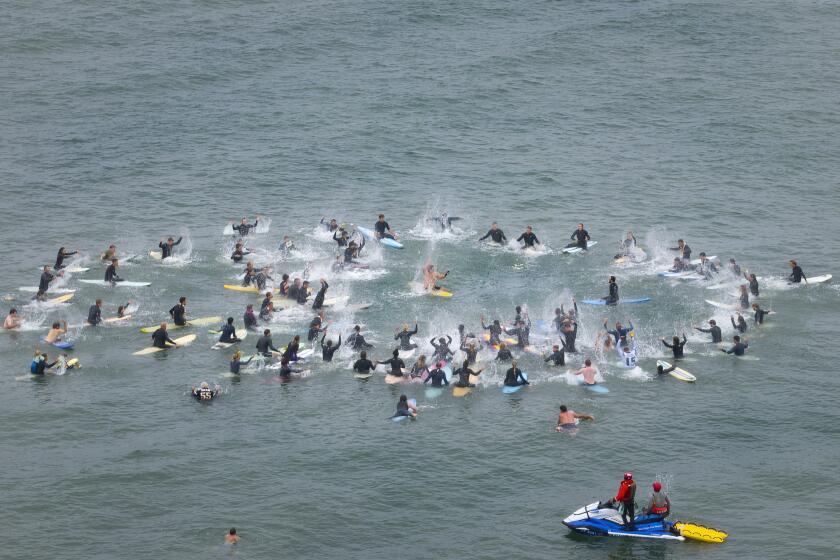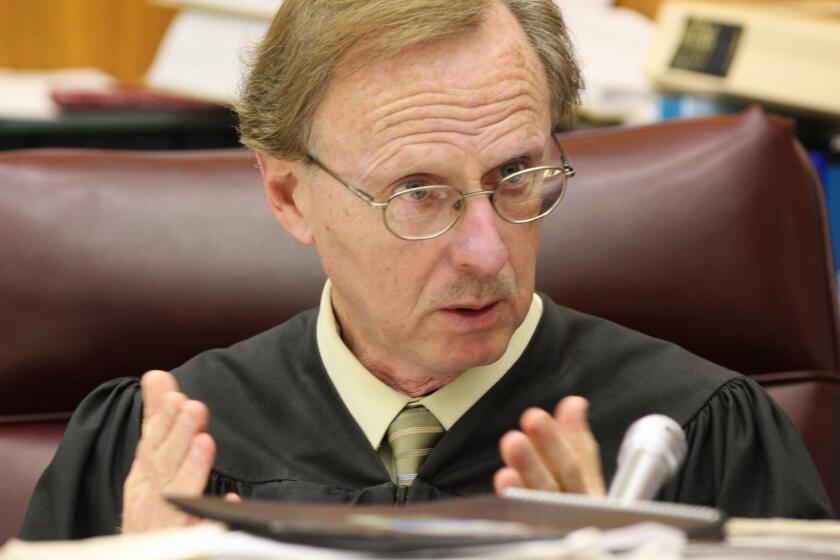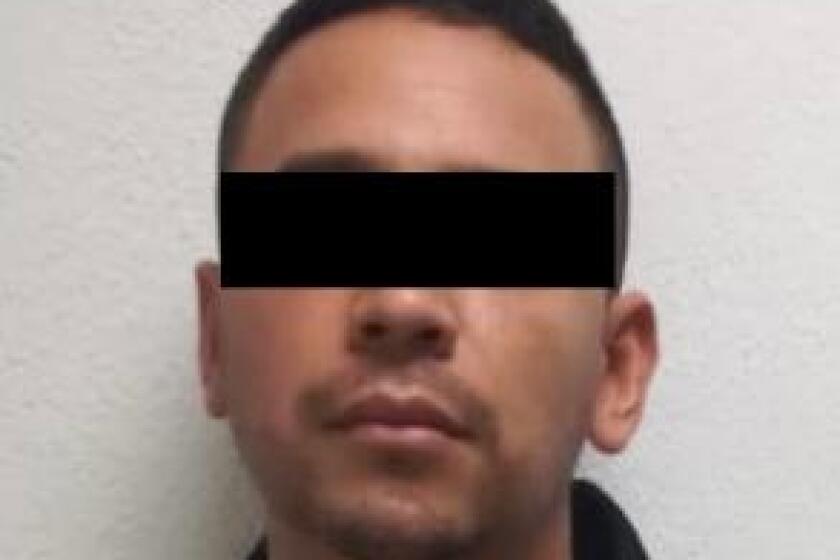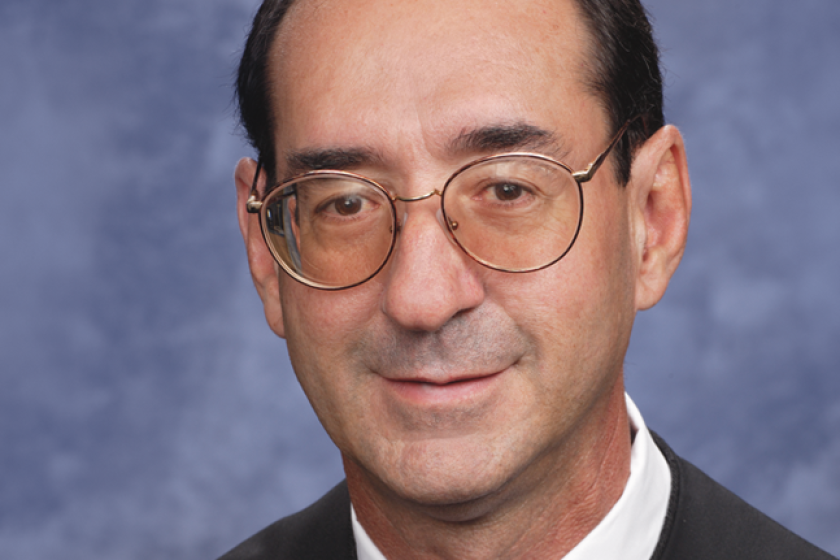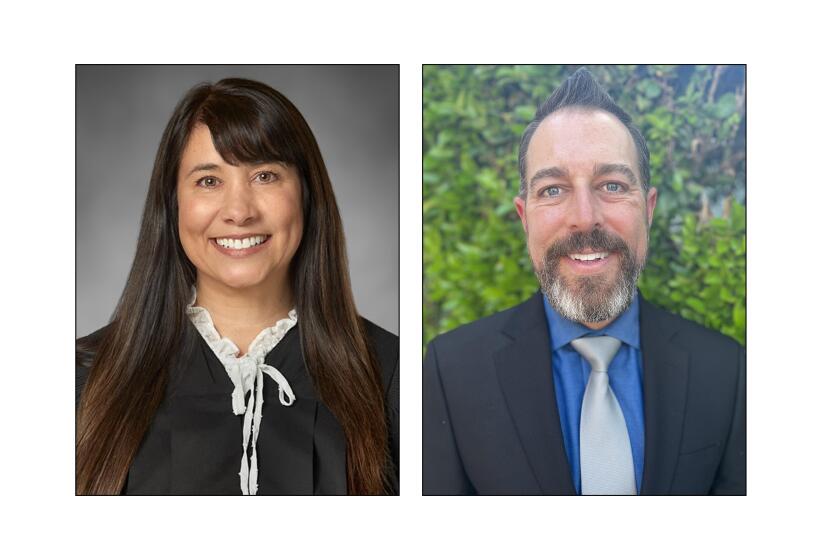He helmed some of San Diego’s biggest cases, from ‘Duke’ Cunningham to cartels. Now Judge Burns is retiring.
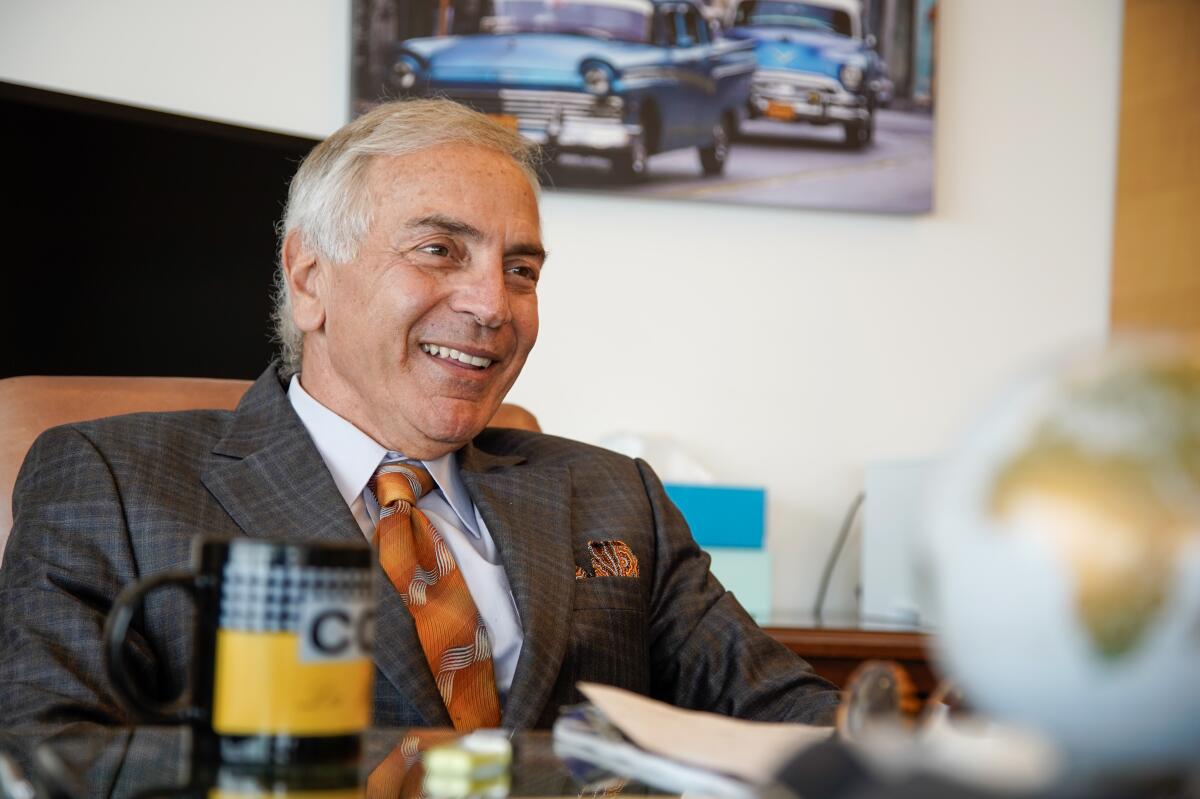
Judge Larry Burns was a noted prosecutor before presiding over some of the region’s most prominent cases, including the Mount Soledad cross legal battle and Gina Champion-Cain’s Ponzi scheme
Two years after his 2003 swearing in as a U.S. district judge, Larry Alan Burns was assigned to preside over one of the highest-profile federal prosecutions in San Diego history — the bribery case of then-Congressman Randy “Duke” Cunningham and his criminal associates.
Burns, who is set to retire Monday after 27 years on the federal bench, sentenced Cunningham to more than eight years in federal prison. But it was jury selection during a related trial, when only about 10 percent of prospective jurors knew anything about the Cunningham case, that taught Burns an important lesson.
This story is for subscribers
We offer subscribers exclusive access to our best journalism.
Thank you for your support.
“I thought, huh, we delude ourselves sometimes in the legal profession,” Burns recalled during an interview last week in his downtown San Diego chambers. “We think the whole world is watching the paper for legal cases.”
It was a particularly crucial new perspective for a judge who ended up handling many of the region’s most prominent cases over the last two decades. Along with the Cunningham case and its related indictments, Burns presided over the criminal cases that largely dismantled Tijuana’s Arellano Félix cartel; he oversaw the legal battle surrounding the Mount Soledad cross; and he presided over the fraud case of businesswoman Gina Champion-Cain, convicted of running San Diego’s largest-ever Ponzi scheme.
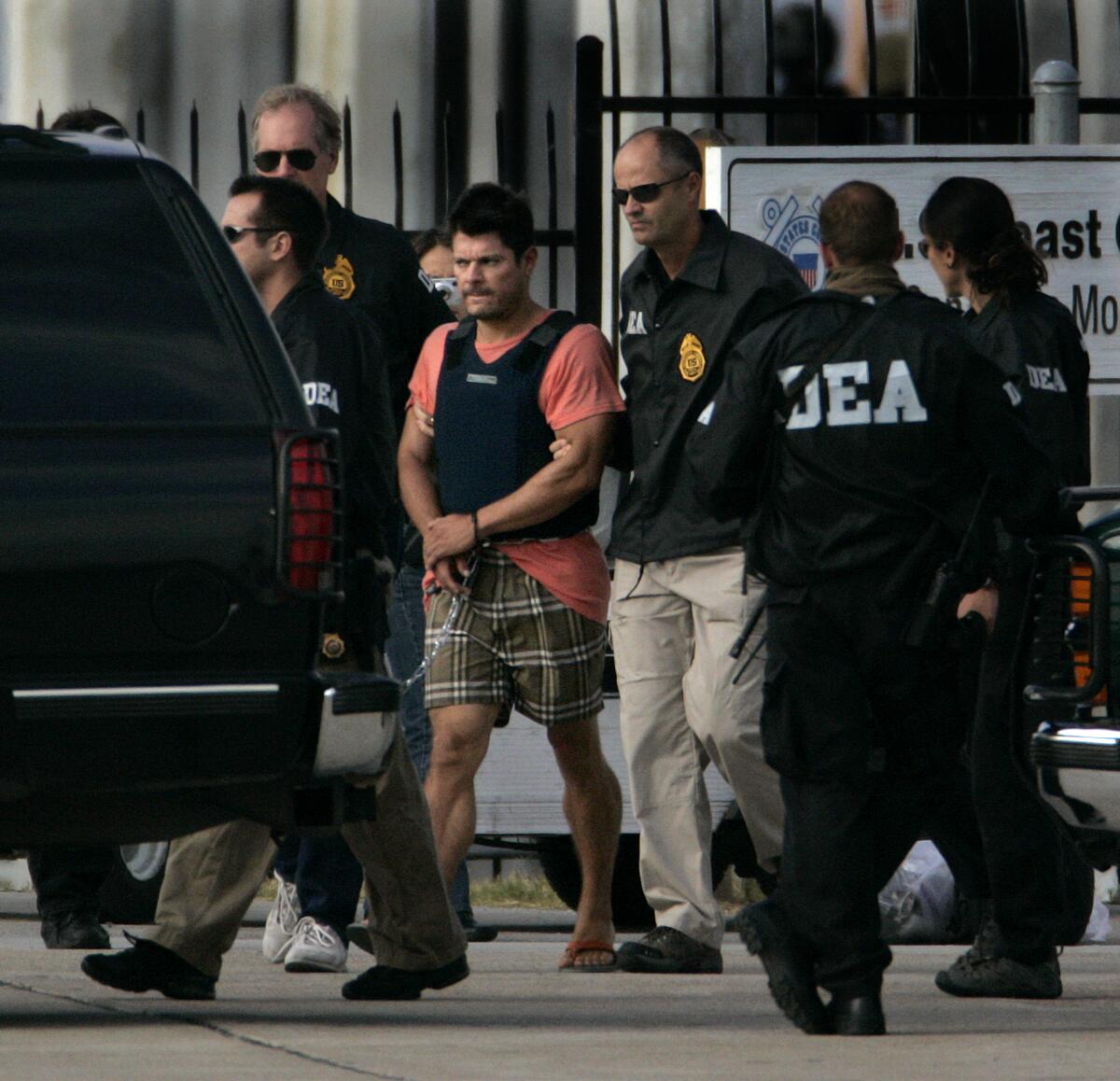
Burns also took on the out-of-district case of Jared Lee Loughner, who pleaded guilty to the mass shooting at a public appearance of Arizona Rep. Gabby Giffords in 2011. Giffords was wounded and six people were killed, including Arizona-based U.S. District Judge John Roll. Burns was asked to handle the case when Roll’s district colleagues recused themselves.
“When you look at the span of his career as a lawyer and a judge, it’s remarkable — he’s always the best at what he does,” Chief U.S. District Judge Dana Sabraw told the Union-Tribune. “He’s exceptionally bright, deeply principled, loyal, a good friend. He has a wonderful sense of humor. He leaves an indelible imprint on our court, which will not be the same without him.”
Others described Burns as fiercely independent, charismatic, extremely intelligent and tough — though many on the criminal defense side believed he was too tough, especially when sentencing low-level offenders in the types of border crimes common in the region.

Burns spent six years as a San Diego County deputy district attorney, 12 years as an assistant U.S. attorney, six years as a U.S. magistrate judge and nearly 21 years as a district judge, including as chief judge during the COVID-19 pandemic. By his own count, he presided over 326 jury trials over the past two decades.
While Burns is stepping away from the courtroom, he is not completely retiring. He’ll be joining the firm Judicate West as a mediator and arbitrator.
‘The top prosecutor’

Burns grew up the son of a Pasadena police officer who had little formal education but a “profound respect” for attorneys, especially the prosecutors with whom he worked.
“He looked up to them, and looking back, I have to say it just kind of transferred over that my dad holds these guys in high regard, maybe I should be one,” Burns said, noting that his sister, a career prosecutor in Los Angeles County, must have felt the same way.
Burns was raised in the Church of the Nazarene, which is how he ended up at Point Loma College, the predecessor to Point Loma Nazarene University. He hasn’t left San Diego since, earning his law degree from the University of San Diego in 1979.
Later that year he started as a deputy district attorney, where he took on interesting cases from the start. His name first appears in Union-Tribune archives in a 1980 San Diego Evening Tribune story in which he showed a jury “a variety of whips, chains (and) straps” during the trial of a woman charged with operating “the city’s only sado-masochistic massage parlor.”
Sabraw said Burns tried more than 150 cases as a prosecutor, argued 40 cases before the 9th U.S. Circuit Court of Appeals and was widely considered the best trial lawyer by other local prosecutors.
“The clocks stopped when Larry Burns stood to deliver his closing arguments,” one prosecutor gushed to Sabraw, according to a copy of remarks the chief judge recently gave while honoring Burns.
Sherri Walker Hobson worked with Burns for several years at the U.S. Attorney’s Office before he transitioned to the bench.
“I learned very quickly that he was the top prosecutor in the office,” Hobson, who retired in 2020, told the Union-Tribune. “He had a unique ability to adapt to unexpected trial events, like a government witness identifying another person in the courtroom as the robber.”
Burns laughed while recounting the same trial last week, recalling how he then had to turn to what’s often a defense tactic in telling the jury about the “perils of eyewitness identification.”
Among the high-profile cases Burns prosecuted was the 1987 abortion clinic bomb plot by fundamentalist pastor Dorman Owens and six of his followers from Santee’s Bible Missionary Fellowship church. He also prosecuted a Marine sergeant’s wife who hired several other Marines to kill her husband; a well-known car dealer who killed a salesman who sued him; and a South African businessman who allegedly hired a hitman to try to kill his business associate in La Jolla.
Burns recalled traveling to South Africa with the defense attorney in the case, Michael Berg, who is now a U.S. magistrate judge. At different times during the trip, a particularly litigious witness tried to have both the attorneys arrested. Burns even ended up in handcuffs for several hours while the witness demanded money from the FBI, though he’s thankful he spent that time in a hotel lobby and never in a Cape Town jail.
From the bar to the bench
Burns was appointed as a U.S. magistrate judge in 1997. In 2003, Congress created five new district judge positions in San Diego. Sabraw and Burns were both nominated that year by President George W. Bush, went through the Senate confirmation process together and were sworn in on the same day that September.
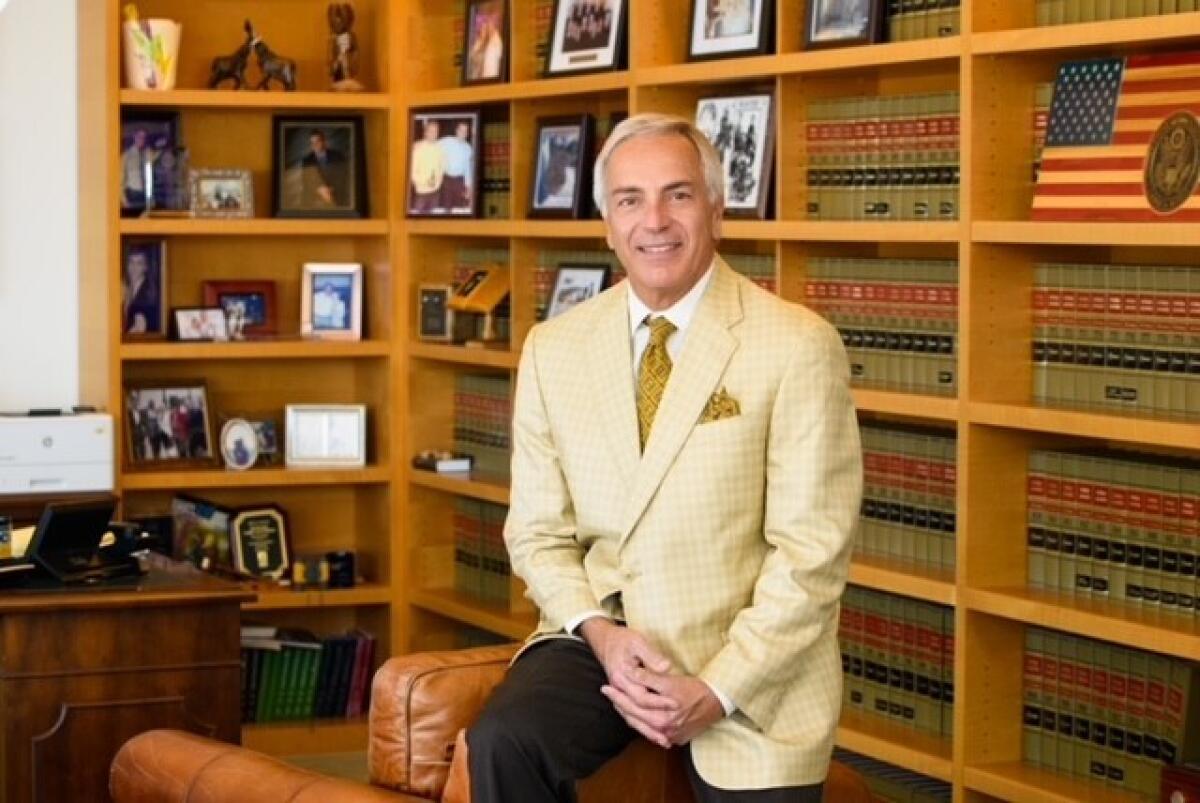
Sabraw has never been in the role without him. “Like losing a limb,” Sabraw told his fellow judges at a recent conference.
“Judge Burns is a legal icon whose public service has helped steer our community for over 40 years,” U.S. Attorney Tara McGrath said in a statement. “Even though he is an alum of this U.S. Attorney’s Office, he has not always agreed with us, requiring many prosecutors to sharpen our advocacy skills in his courtroom. Judge Burns consistently adjudicated cases fearlessly, pragmatically, and without favoritism, as all judges should.”
Among some defense attorneys, Burns’ reputation was less favorable. He was viewed as a harsh sentencer who often chose not to give defendants lesser prison sentences under the federal guidelines for being “minor participants” in drug-smuggling offenses. In one case, the 9th Circuit overturned one of his sentences and ordered him to impose a lower sentence. Instead, he gave the defendant the same sentence as before.
“Chief Judge Burns does not like the minor-role reduction. Everyone knows it. And it has always been that way,” local defense attorney Devin Burstein began a 2020 brief appealing one of Burns’ sentences. “From 2006 to the present, research reveals at least 110 appeals from his decisions denying minor role — and all this in the era when plea agreements bar most sentencing appeals.”
A disagreement over how to sentence drug smugglers broke out into the open when U.S. District Judge Larry Burns said the 9th Circuit Court of Appeals had undercut his authority
The 9th Circuit sided with Burstein’s client and a similarly situated defendant, ruling Burns incorrectly interpreted federal sentencing guidelines that would have resulted in shorter sentences for them. Burns recused himself from their cases in an uncommon, if not unprecedented, public spat with the appeals court.
Burns acknowledged his reputation as a harsh sentencer, noting that he and U.S. District Judge Roger Benitez were sometimes dubbed the “killer B’s.” But he pushed back, claiming that while the sentences he imposed may have been higher, on average, than some of his San Diego colleagues, they were beneath the average sentences handed down by other federal judges around the country.
Hobson, who said she appeared before Burns many times after he became a judge, said contrition played an important role in his sentencing decisions, and that he gave “appropriate and reasonable sentences” to defendants who were apologetic and accepted responsibility.
“But, if the defendant was not remorseful, minimized his involvement, or denied his acceptance of responsibility, even after trial where overwhelming evidence was presented, Judge Burns used his judicial hammer,” Hobson told the Union-Tribune.
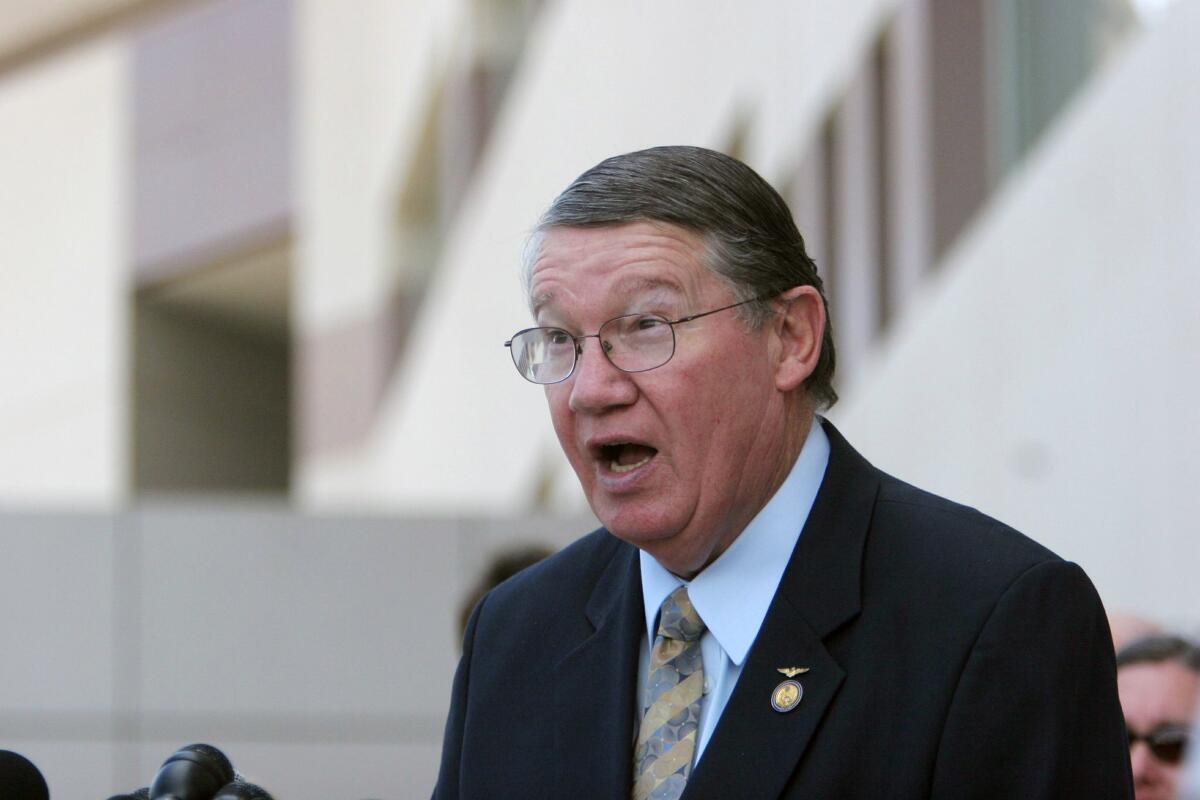
Matthew Binninger, a local private defense attorney, argued four jury trials in front of Burns. Although they often disagreed on sentencing length or other legal issues, Binninger said Burns never shut down his arguments or penalized him for vigorously defending his clients.
“Although he was notorious for being a tough judge at sentencing, he was arguably the best judge you could pull for trial,” Binninger said. “He treated both parties equally, he was committed to ensuring a fair trial, and he never punished my clients if they lost for choosing to exercise their constitutional rights.”
Robert Francavilla, a personal injury lawyer, said Burns more than any other judge helped him sharpen his trial skills by demanding efficiency.
“I found his legal knowledge to be above just about any judge,” Francavilla said. “He’s just about the smartest judge I’ve appeared in front of.”
Federal judgeships are lifetime positions, and many district judges will spend their later years on senior status, a kind of semi-retirement where they take on a lighter caseload. Burns assumed senior status in January 2021, but he’s fully walking away now, without regrets.
“There’s an old adage that it’s always better to leave when people think well of you then to have to leave when that perception is turned and people are asking questions,” Burns said. “Nobody is asking questions about my competency to do what I’m doing at this point. So it’s a good time to go.”
The latest news, as soon as it breaks.
Get our email alerts straight to your inbox.
You may occasionally receive promotional content from the San Diego Union-Tribune.


